by Marla Abstetar, Sr. Sales Executive, Kohler Co.
With the baby-boomer population aging, it is estimated that by 2050, 21% of the population will be comprised of individuals 85 years and older. While boomers are aging, their expectations about doing so are far removed from the views of generations before them. Boomers are determined to live their lives filled with vitality, meaning, and independence.
This age group also holds the most wealth of any other current age group, with an estimated annual spending power of more than $15 trillion! This unprecedented buying power enables choice in how and where they live. It also drives the desire to remodel key living areas, specifically the entry, bath, and kitchen, to stay in their homes longer.
Historically, the design community has turned to the Americans with Disabilities Act (ADA) guidelines for insight into residential accessibility solutions. This often drives institutional-looking home environments, rather than beautiful and accessible spaces. The more an individual’s space feels like a nursing home, the less it feels like their home.
This cultural norm has begun to shift to a focus on Universal Design from the inception of a project, which adds a wider variety of visually stimulating options, regardless of a homeowner’s lifestyle circumstances. A holistic approach to design addresses not only a consumer’s physical needs, but mental and emotional needs as well.
In the past, the primary focus of an aging-in-place remodel was on functionality with less regard for style. However, products that sacrifice aesthetics are undesirable to consumers who want to maintain a gracious lifestyle. On the flip side, being surrounded by a beautiful environment that is difficult to use has an emotional toll on a person’s well-being. If clients are forced to live in ‘undesirable’ conditions, it can affect their outlook on, and quality of, life.
Without our assistance, today’s consumer may not think about purchasing products or creating designs that solve age or ability needs until it is necessary. Many times, the direction to redesign their home is suggested by a medical professional rather than the design community. As design and construction specialists, we can use our skills to create a dynamic environment for a wide variety of consumers.
This new normal of incorporating beautiful, easy-to-use products into residential spaces allows us to increase the quality of life in tangible ways, and helps our clients enjoy their spaces long term, regardless of their physical and emotional needs.
SPACE CONSIDERATIONS
The bathroom and kitchen are the two areas where accidents typically occur in a home. Because of this, Universal Design drives the most impact on health and well-being. Here are a few tips to take into consideration when designing a long-term home.
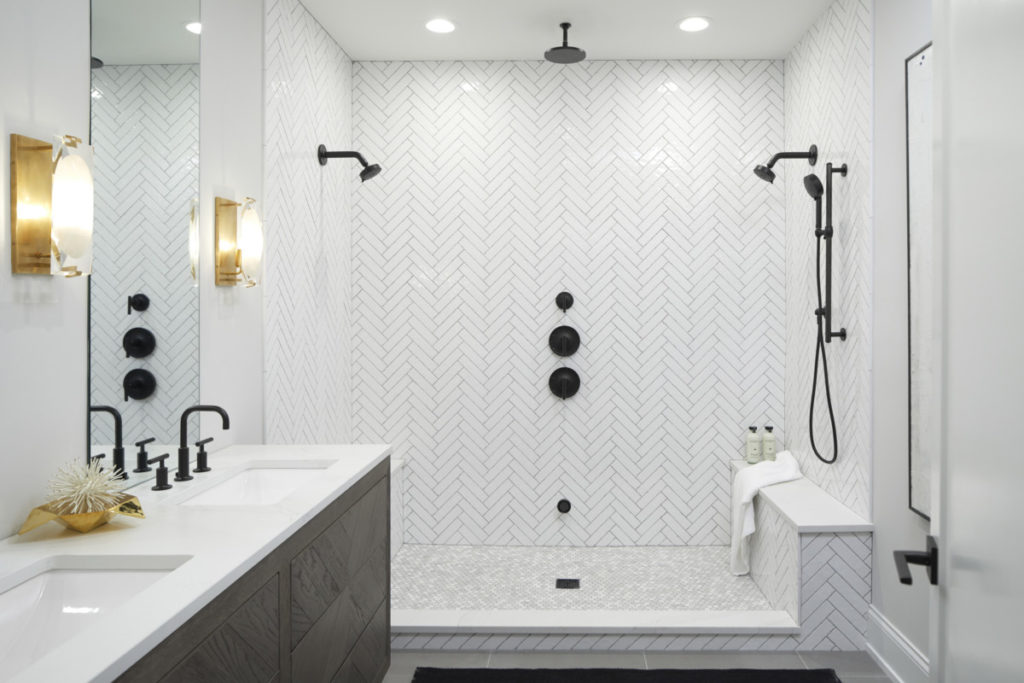
Bathroom: Visual Cues
Visual cues, such as colored fixtures, flush flooring transitions that inform the user visually of a change, or even LED lighting to offer blue wayfaring light in the evening, aid all users in the space.
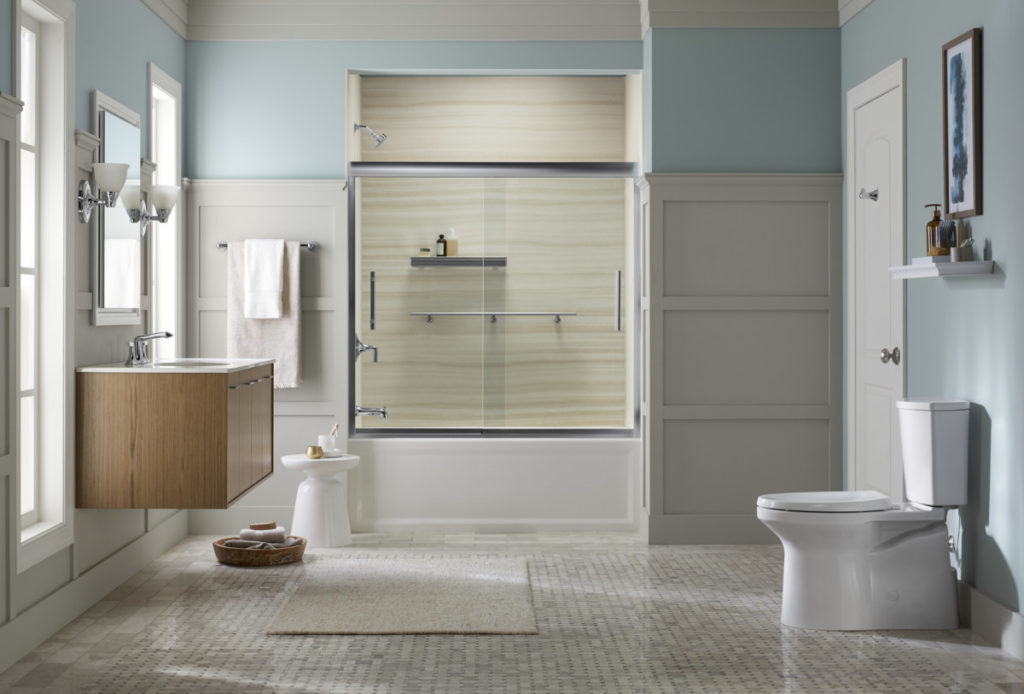
Bathroom: Balanced Lighting
Layering multiple light sources such as natural, ambient, task and even decorative lighting schemes within your design aids users in safely performing grooming tasks throughout the space.
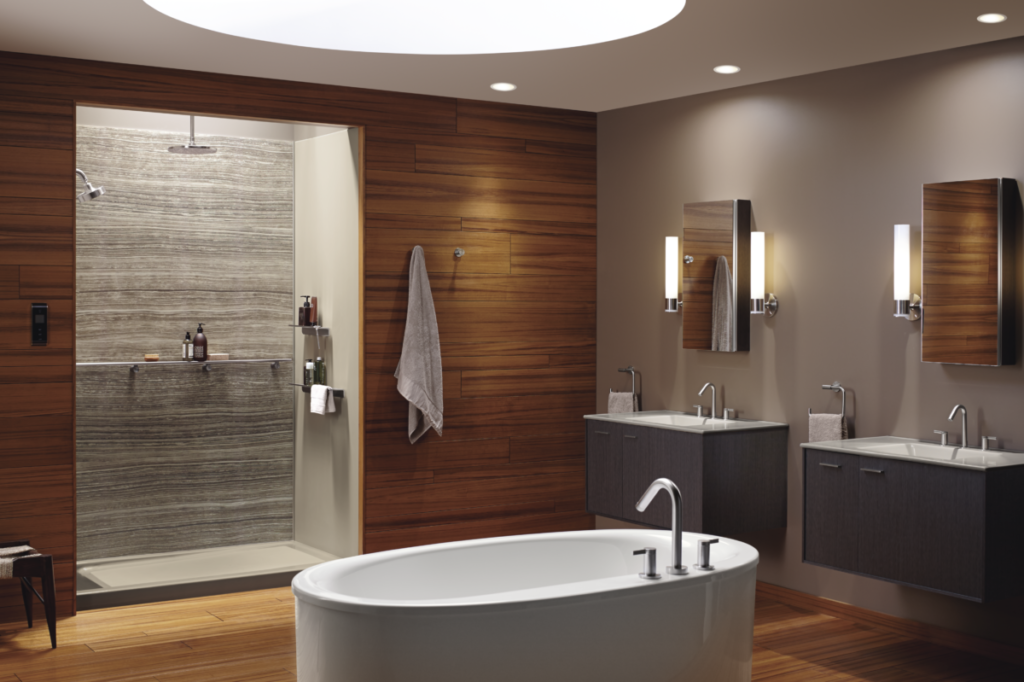
Bathroom: Open Floor Plan
An open floor plan allows for increased circulation in the space. A large shower base and tub located in the center of the space increase the flexibility for the user’s approach. Wall-mounted vanities allow for a cleaner design, while providing access to the user from a seated position.
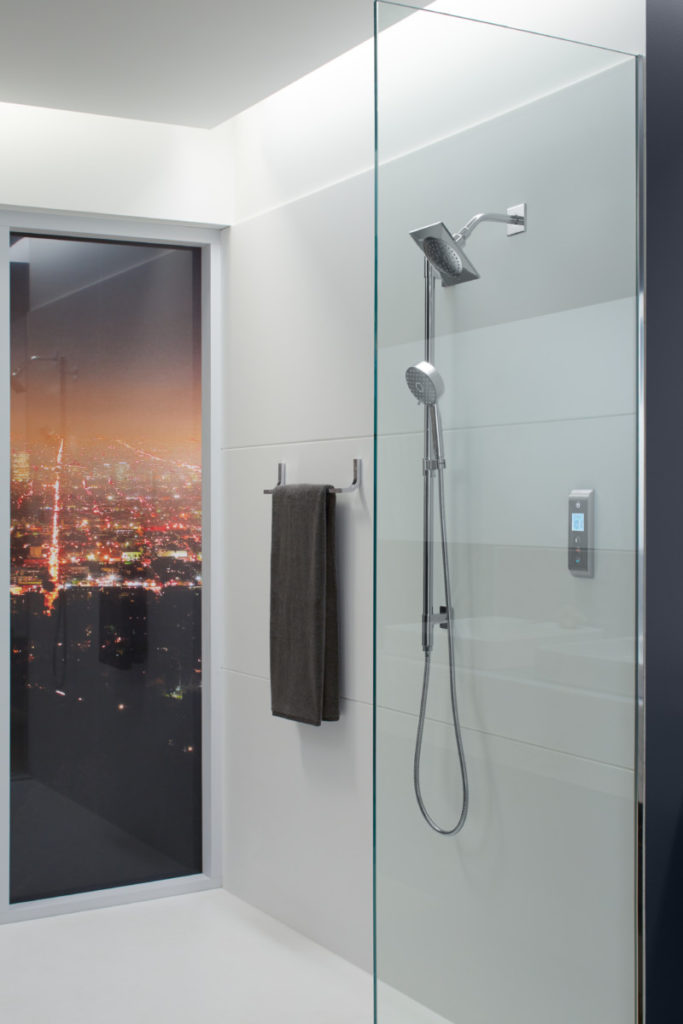
Bathroom: Intuitive Products
The shower is often the space that causes the most confusion for users. Consider a digital interface that offers intuitive images for use and temperature control that a caregiver can pre-set. Alternatively, independent showering controls placed adjacent to the showering components help lessen confusion.
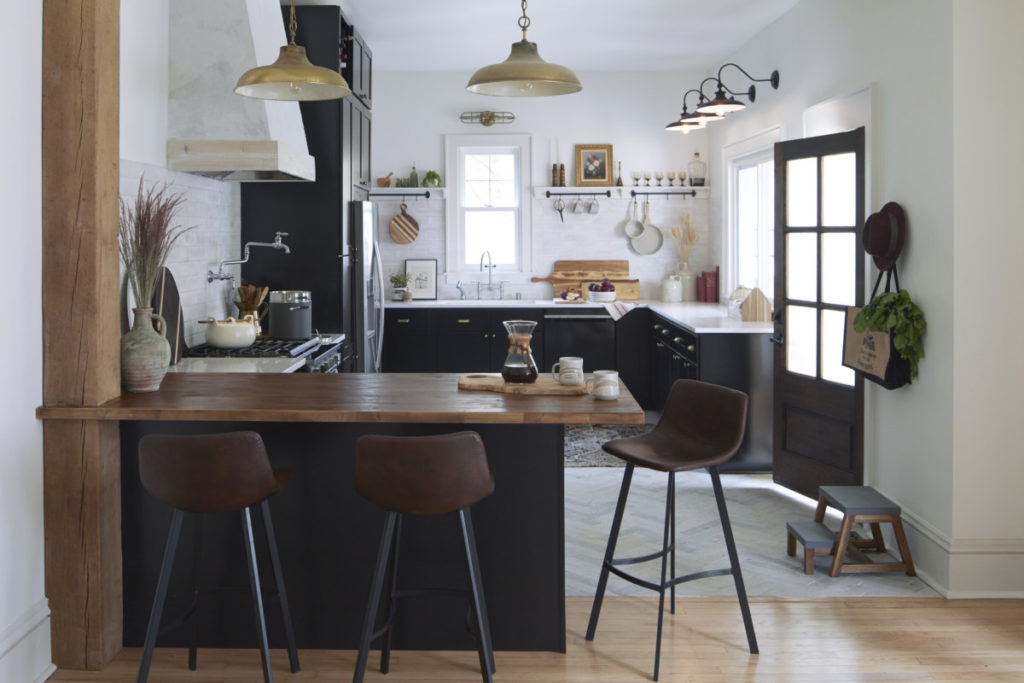
Kitchen: Multi-Height Working Surfaces
Plan for work surfaces at several heights to accommodate different working positions, such as standing and sitting. A lower countertop can offer an additional work surface if the chairs are pulled away.
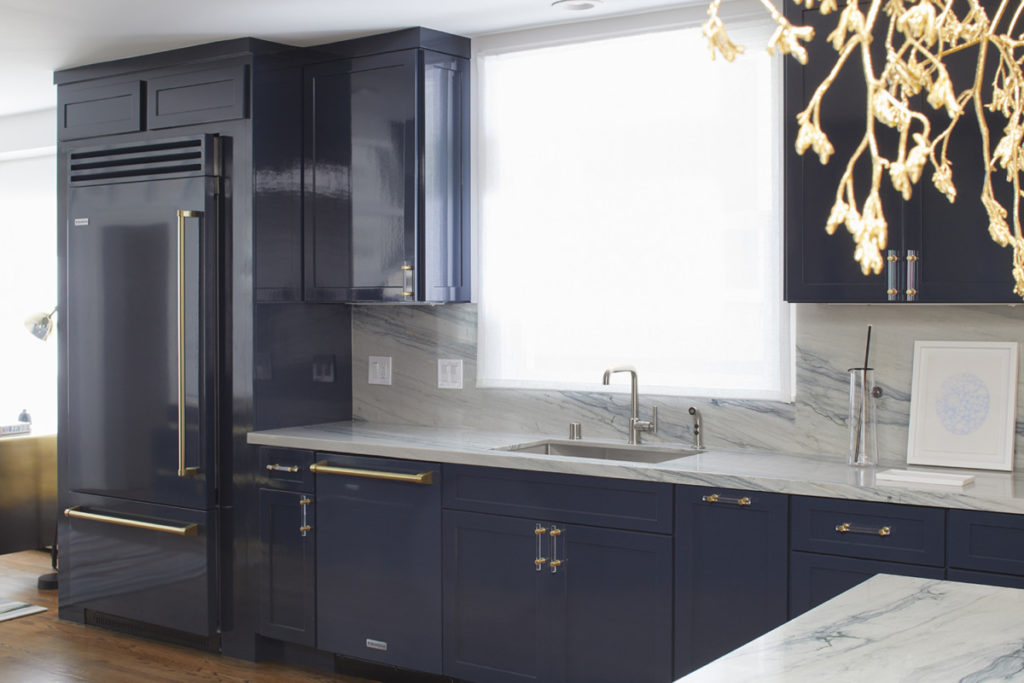
Kitchen: Balanced Lighting
Incorporating task and under-counter lighting, while incorporating natural light, will help with food and task prep while reducing possibilities for kitchen accidents.
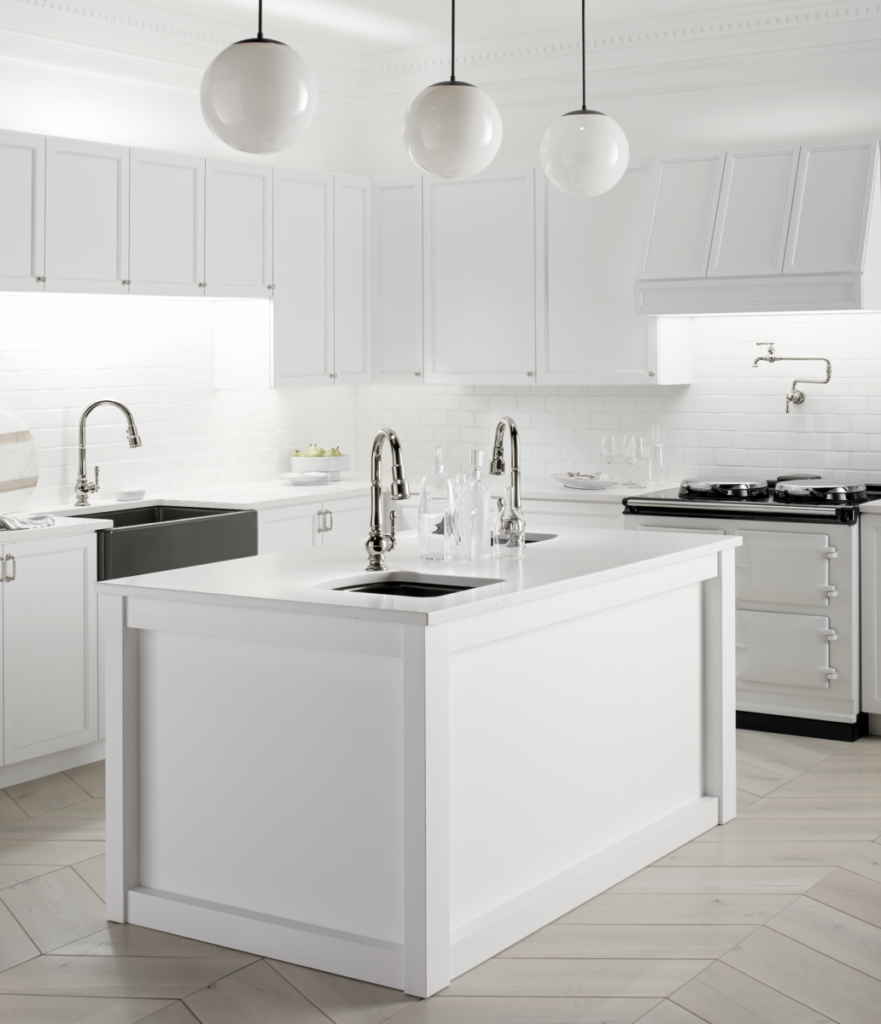
Kitchen: Multiple Work Zones
A wall-mounted pot filler faucet allows for a water source over the cooking zone and minimizes movement for the user. The water filter faucet in an island allows for easy access to drinking water without interrupting prep tasks at the main sinks.
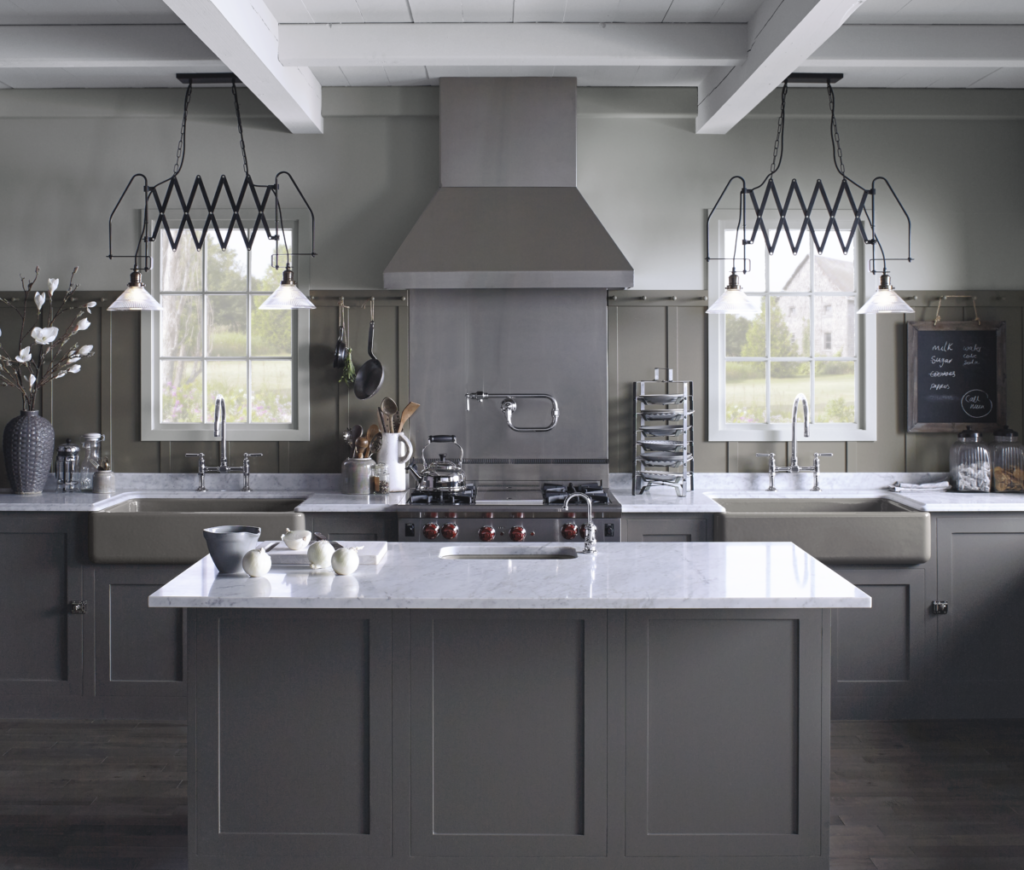
Kitchen: Visual Cues
Contrasting cabinet, countertop and sink combinations and lighted controls offer visual cues to the end user to reduce accidents within the space.















